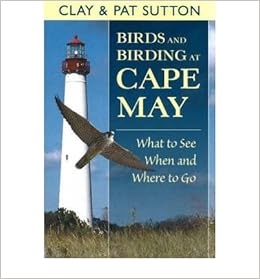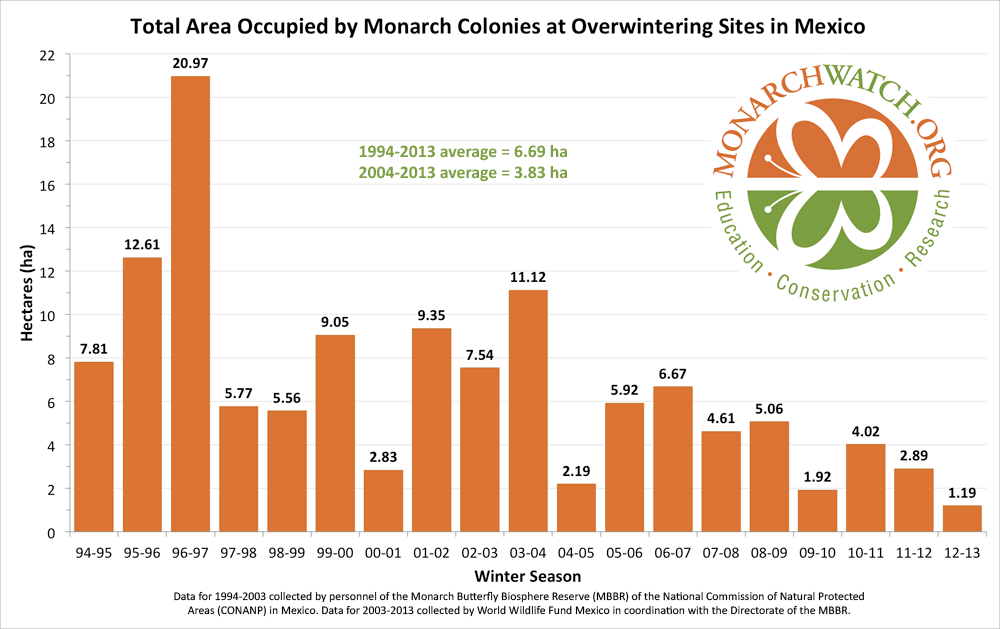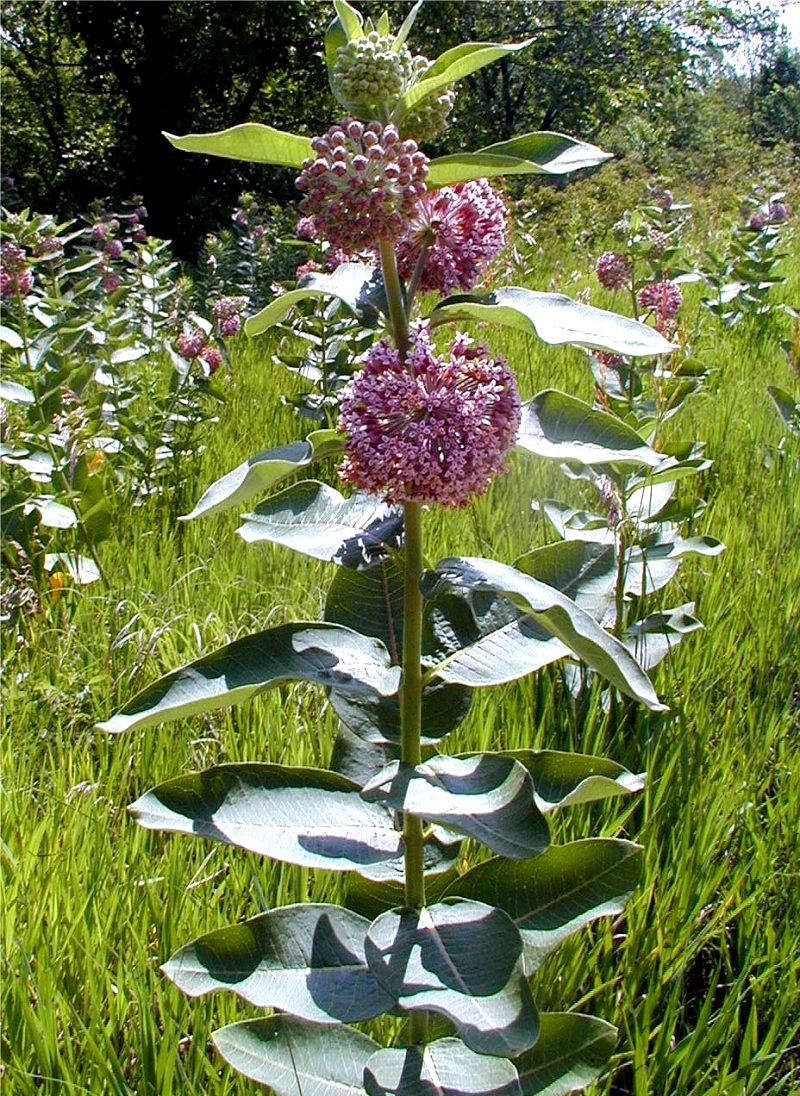Clay and Pat Sutton's "Birds and Birding at Cape May" is an excellent go to book for scouting out a fun outing. It provides detailed information about where and what can been seen and is organized by the seasons in Part 1.
With time for an adventure in late April, I turn to the Spring section, and see that Horseshoe season is just starting, with Red Knots and other shorebirds on the way and that the Delaware Bayshore is a great place for sightings. I page to the Site Guide section, and determine that Cumberland County, including Thompson's Beach, East Point and Heislerville WMA, is where we should head.
On the way, we spot an osprey nest, with one eating a fish on a limb, while the mate tends to the nest.
At East Point, with cold weather and a stiff wind, void of both birds and people,
a quaint old Lighthouse, built in 1849, is there to greet us.
Out from the grasses, flies a Red-winged Blackbird with his bright red epaulet showing,
down along the rocky shore, are a few Willets nibbling
and winging in and out of the wind.
Back off the shore in the grasses,
three Glossy Ibises swirl down and find a quiet place to rest.
Our trip continues on to Heislerville. where we discover with delight an island
covered with nesting Snowy Egrets and Cormorants.
The almost 7000 acre Heislerville WMA has a series of impoundments that you can drive on - it is a little crazy as they are only wide enough for one car.
Unfortunately, the winds scare off most of the birds and there are only a few Willets lingering. According to Sutton, this is a great place for a variety of shorebirds, waterfowl and raptors. If you are lucky, you might see 100s or even 1000s in a day.
On the way out, we park in the wooded area, where the paths have recently been reshelled, making it too noisy to see any birds, although the habitat is rich and lush.
These are great birding sites that we look forward to revisiting.


















































